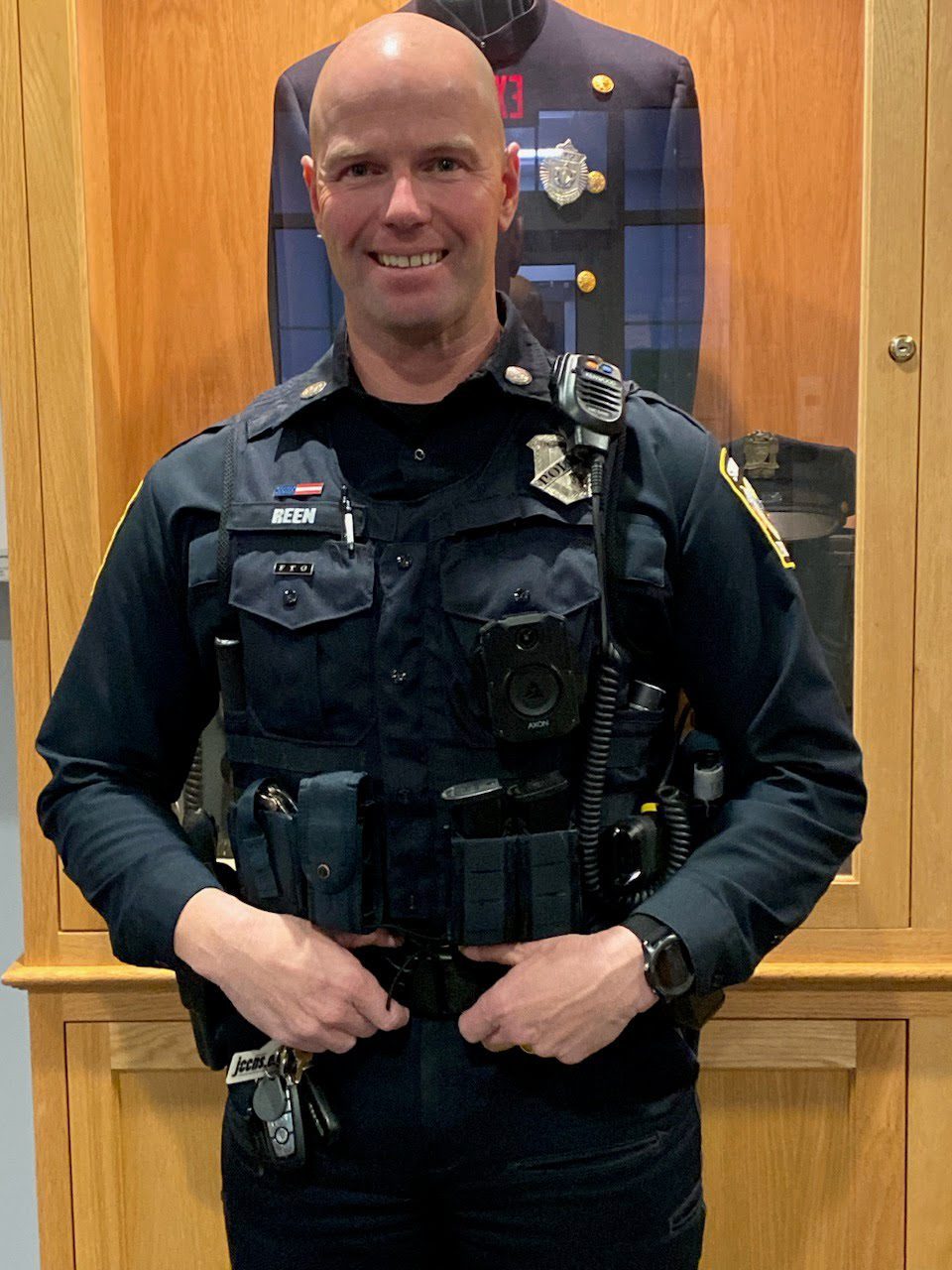SWAMPSCOTT – Beginning on Dec. 2, all Swampscott Police Department officers will have body-worn cameras attached to their uniforms, and will be trained in the use of the Axon body-3 worn cameras this week.
The Axon body-3 worn cameras are the company’s most current camera technology to date.
Town leadership made it clear that these cameras are a benefit for the officers as well as a positive step toward the future of policing reform in Swampscott.
“Today, Swampscott joins a growing number of Police Departments across the country that are committed to accountability and truth,” said Swampscott Police Chief Ruben Quesada. “The goal of the cameras is to enhance public safety, ensure transparency, protect individuals’ rights, and improve police-community relations.”
One advantage of the cameras is that they can show the sequence of events at the scene. As a result, the officers, the department, and the citizens of Swampscott will be able to accurately portray what happened.
Another benefit that has been found is the ability for the cameras to increase civility. Many departments report that the presence of body-worn cameras has created a “civilizing effect.” Interactions are positively affected when officers inform individuals that they are being recorded. This result has seen a decrease in complaints lodged against officers, creating an atmosphere of fair, impartial, and procedurally just policing, according to the Swampscott Police Department.
According to Lieutenant Michael Frayler, the town paid for the body-worn cameras. There are 27 officers in the department and each of them will have a camera. The cameras are currently in the department, and officers are waiting to be trained.
Currently, the policy of body-worn cameras is different from department to department, according to Frayler. It is not enforced as a state-wide policy in Massachusetts.
The body-worn cameras have also created another way to corroborate evidence presented in court. The District Attorney’s Office has begun to request body-worn camera footage in the evidence discovery phase of a court case. This footage allows judges and juries to view evidence to be presented at a trial. Having this type of access allows the court to have an accurate view of the incident and creates a prompt resolution to a case.
Sylvia Chen can be reached at [email protected]

